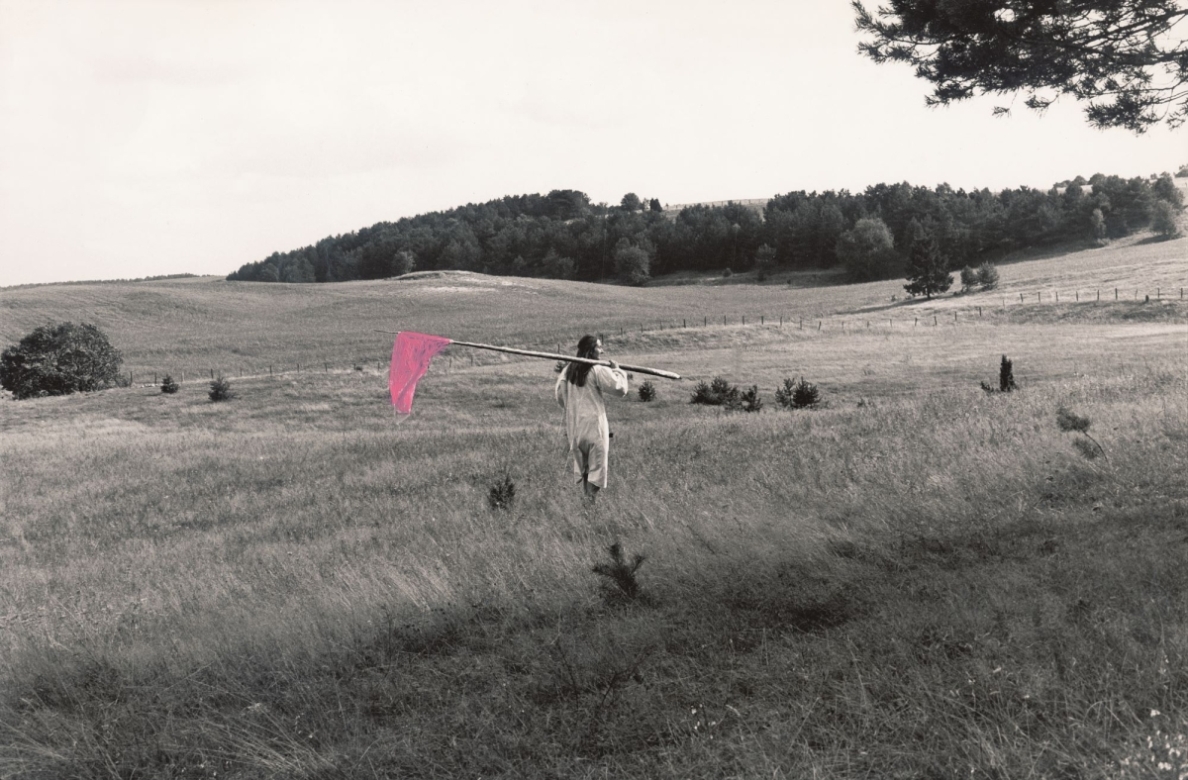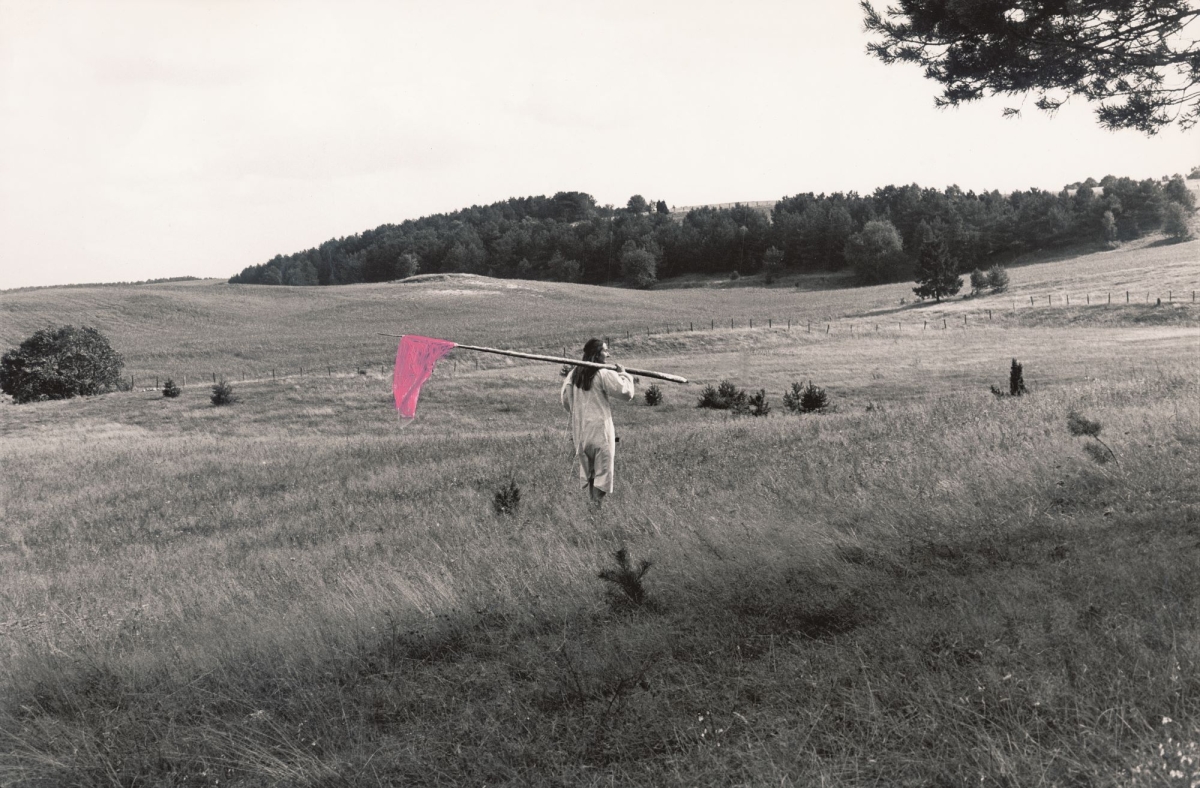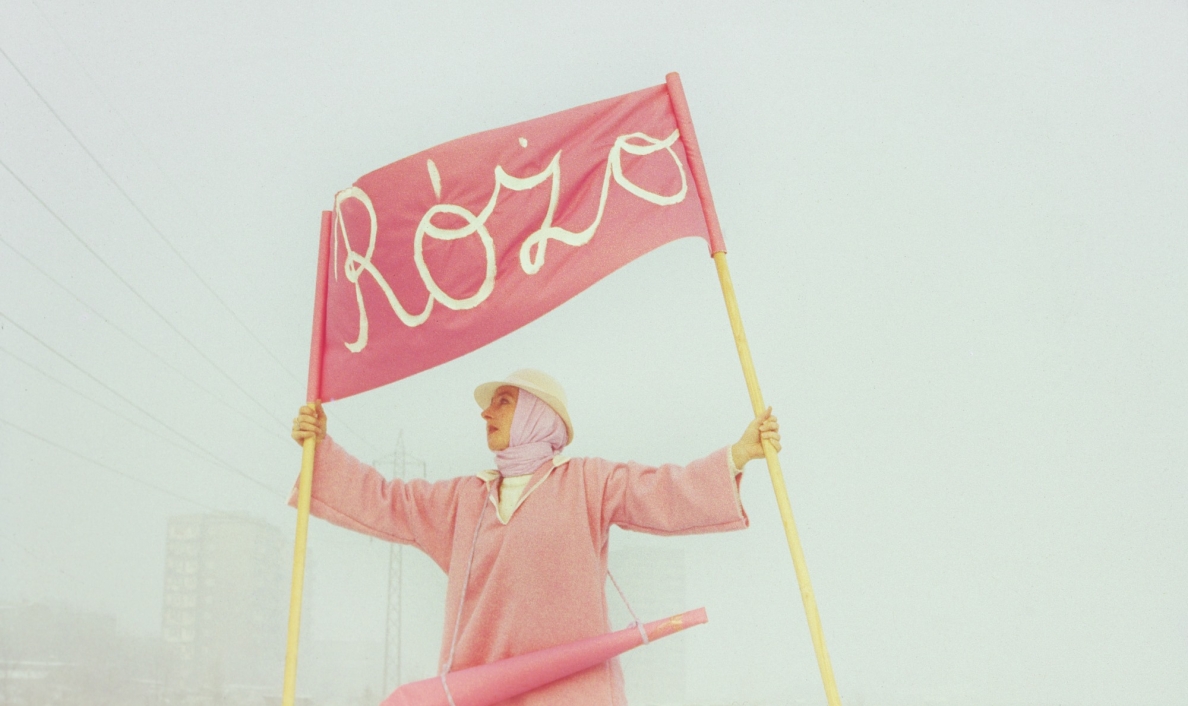
From 8 March 2025, the Kunstmuseum Den Haag hosts the exhibition “Maria Pinińska-Bereś”, which tells the story of a pioneer of feminist art in Poland. This is the artist’s first solo exhibition in the Netherlands. The audience may see a wide selection of works: the most important sculptures and photographic documentation of performances. This is the second European edition of the exhibition after its presentation at the Galerie für Zeitgenössische Kunst in Leipzig.
Exhibition “Maria Pinińska-Bereś” at the Kunstmuseum Den Haag
On 8 March 2025, the first solo exhibition of Maria Pinińska-Bereś’s works in the Netherlands was opened. It is presented by the Kunstmuseum Den Haag, known for its rich collection of modern, contemporary, and applied art. In 1979, the museum in The Hague included Pinińska-Bereś’s work in the group exhibition Feminist Art International, and now, for the first time, it presents a solo exhibition of one of the most extraordinary personalities of 20th-century Polish art to the Dutch public.
“Is a woman a human being?” – this question serves as the starting point for reflection within the space of Maria Pinińska-Bereś’s works. In her works, the artist explores the sphere of femininity and female eroticism, their socio-political entanglements, as well as their relationship with the natural world. The exhibition also interferes with art history in two ways: by questioning the widespread focus on male artists and pointing out that the Western perspective overlooks the diverse and multifaceted art scene of Eastern Europe.
The exhibition features a wide selection of Pinińska-Bereś’s works, spanning from the 1960s to the end of her life. It showcases the most important sculptures, including key series such as “Rotundas” and “Corsets”, as well as photographic documentation of performances. The selection was made by the curatorial team: Heike Munder and Jarosław Suchan.
The exhibition is open until 17 August 2025. Its next presentation is planned for 2026 in Lucerne.

Maria Pinińska-Bereś, "Landscape Annexation", 1980, from the family archives © The Maria Pinińska-Bereś and Jerzy Bereś Foundation und and The Approach, London
Maria Pinińska-Bereś – A Pioneer of Feminist Art in Poland
Maria Pinińska-Bereś, recognised as a pioneer of feminist art in Poland, was ahead of her time in challenging the structural violence of the state and church while also questioning the art industry. Her sculptural works stood out for their use of everyday materials like papier-mâché, wood, and commonplace objects such as quilts and aprons. In the 1960s, biomorphic forms started to increasingly appear in her works.
Her signature colour was pink, which she subversively used as a symbol of women’s freedom. Through this approach, the colour, typically seen as a tool for conditioning girls into their social roles in a patriarchal society, was repurposed by Pinińska-Bereś as a critique of gender role politics.

Maria Pinińska-Bereś, "The Banner", 1980, from the family archives © The Maria Pinińska-Bereś and Jerzy Bereś Foundation und and The Approach, London
Collaboration: National Museum in Wroclaw, Kunstmuseum Den Haag
Partners: Adam Mickiewicz Institute

